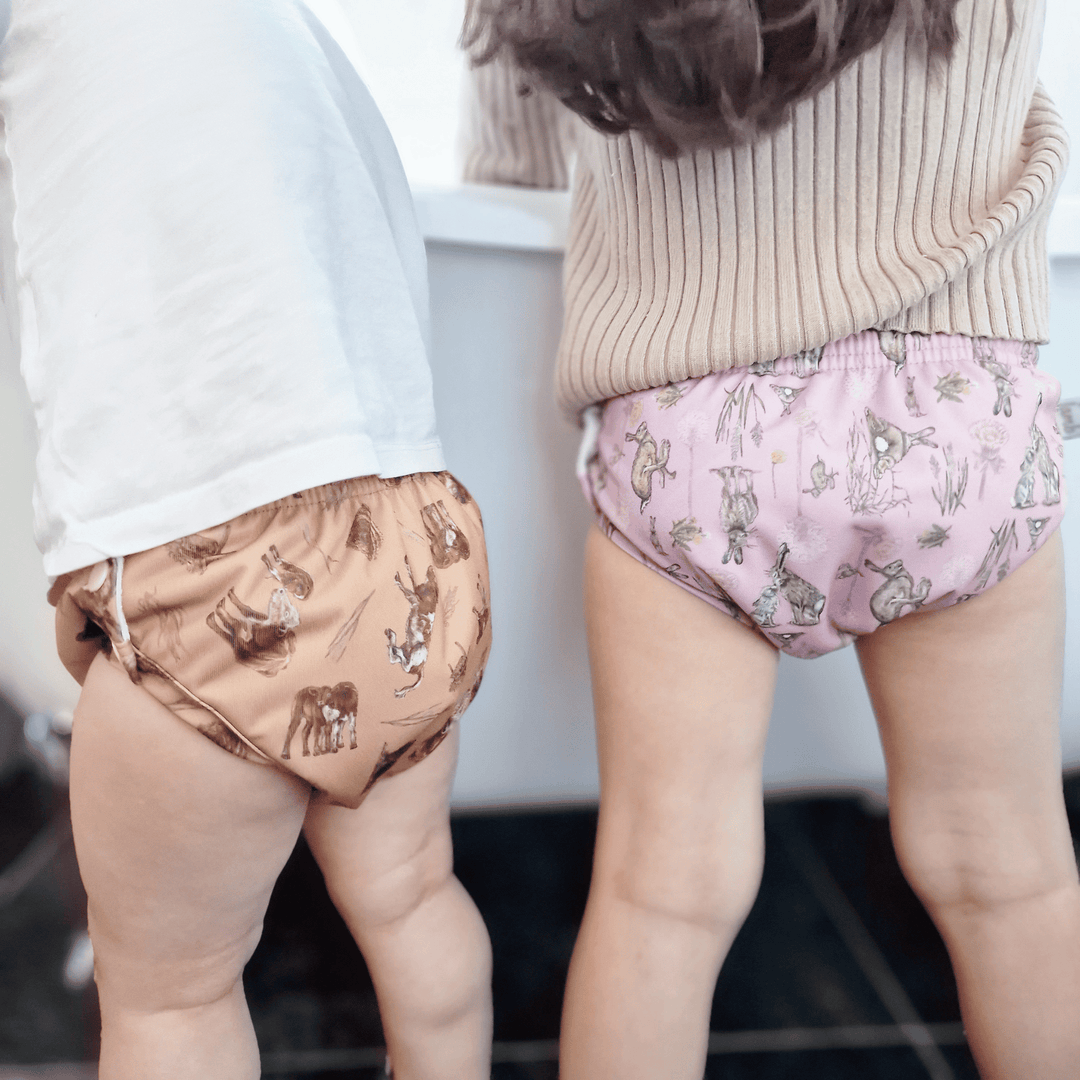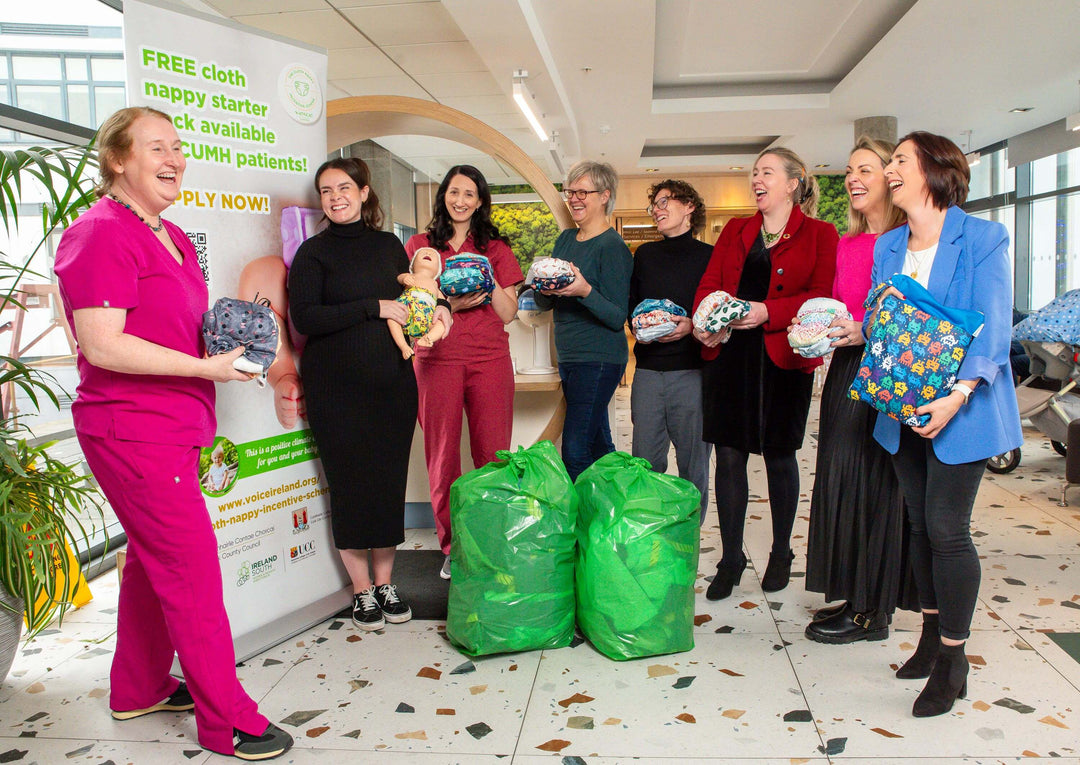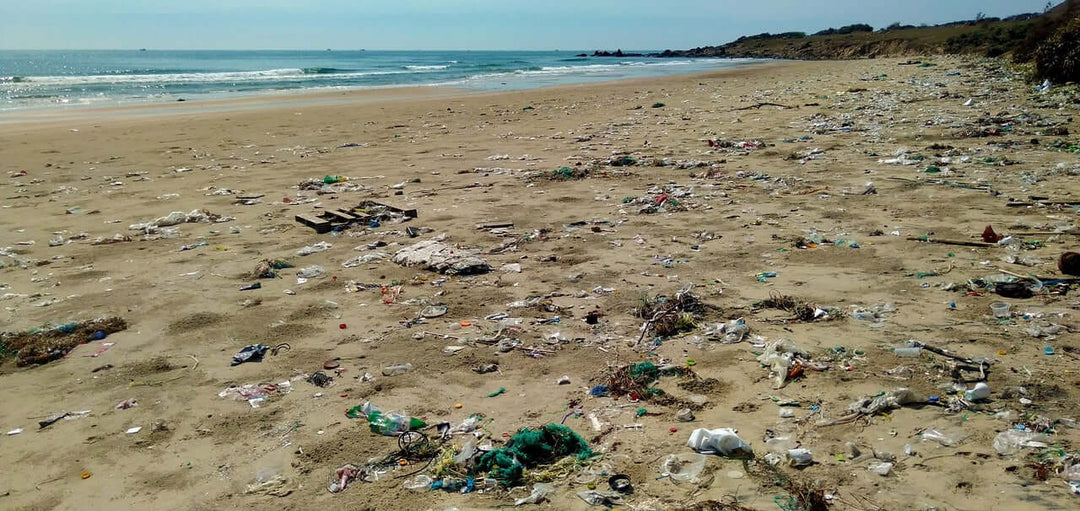Storing Reusable Nappies Between Washes
How Can You Store Reusable Nappies Between Washes?
When it comes to storing cloth nappies, there are several options available, including nappy bins or nappy buckets, wet bags, and simple wire baskets. Each of these options has its own set of pros and cons, and the best choice for you will depend on your individual needs and preferences.
Nappy bins and buckets:
Pros:
- Large capacity: Nappy bins typically have a large capacity, which makes them ideal for storing a large number of nappies.
- Locking lids: Many nappy bins have a locking lid, which can help to contain odours and prevent curious pets or children from getting into the nappies.
- Easy to clean: Most nappy bins are made of plastic and can be easily cleaned with a damp cloth.
Cons:
- Expensive: Nappy bins can be quite expensive, especially when compared to other storage options.
- Bulky: The large size of nappy bins can make them difficult to store in smaller spaces.
- Not as breathable: Some nappy bins do not have as much airflow as other options, which can lead to odours and bacteria growth.
Wet bags:
Pros:
- Portable: Wet bags are small and lightweight, making them easy to take on the go.
- Breathable: Wet bags are made of breathable materials just like reusable nappies, which can help to prevent odours and bacteria growth.
- Affordable: Wet bags are often more affordable than other storage options.
Cons:
- Limited capacity: Wet bags typically have a smaller capacity than nappy bins, buckets or wire baskets, which may not be sufficient if you have a large number of nappies.
- Need to be washed: Wet bags need to be washed on wash day as well.
Wire baskets:
Pros:
- Breathable: Wire baskets allow for maximum airflow, which can help to prevent odours and bacteria growth.
- Affordable: Wire baskets are often less expensive than other storage options.
- Versatile: Wire baskets can be used for other storage purposes as well once your baby potty trains.
Cons:
- Not enclosed: Wire baskets are not enclosed, which may not be suitable for some people with curious pets or children.
- No lid: Wire baskets do not have a lid, which can make it harder to contain odours.
The choice of nappy bin, bucket, wet bag, or wire basket for your reusable nappy storage will depend on your individual needs and preferences. Nappy bins are great for large capacity and locking lids, wet bags are portable and breathable, while wire baskets are breathable and affordable. Consider what is important for you, the size of your nappy stash, and the space you have to store them. And also, remember that proper storage, paired with regular washing and maintenance, will be key to the longevity of your cloth nappy stash.

Tips For Storing Your Reusable Nappies
Storing cloth nappies properly is essential to keeping them in good condition and making sure they last as long as possible. Here are a few tips on how to store your cloth nappies to keep them clean, dry, and fresh:
- Use a dedicated storage area: Set aside a specific area for storing your cloth nappies, such as a bathroom, laundry room, or baby's room. This will keep them separate from other laundry and make it easy to grab them when you need them.
- Allow for airflow: Airflow is crucial for preventing odours and bacteria growth. You can use a dedicated cloth nappy pail, nappy bin, nappy bucket that has a breathable mesh or perforated lid, or hang the nappies up to dry after use in a wet bag.
- Avoid plastic bags: While plastic bags may seem like an easy way to store cloth nappies, they can trap moisture and create the perfect environment for bacteria to grow. Instead, use a wet bag made of breathable materials.
- Clean them before storing: Some like to do a pre-wash daily and then store the nappies until the day you complete your main wash.
Why is Airflow Important if You Choose to Dry Pail?
One of the main reasons why airflow is so important when storing cloth nappies is that it allows air to circulate freely around the nappies, which helps to dry them out quickly after they have been used. This can prevent the growth of mould, mildew, and other types of bacteria that can cause odours or lead to the deterioration of the nappies.
Another important benefit of airflow when storing cloth nappies is that it can help to prevent the buildup of urine and poop on the nappies. When air is able to circulate freely around the nappies, it can help to evaporate any moisture that may be trapped inside.
There are a number of different ways to ensure that cloth nappies have adequate airflow when they are being stored. One of the most effective methods is to use a nappy pail or nappy bin that is designed to allow air to circulate freely around the nappies. These containers typically have a breathable mesh or perforated lid, which can help to prevent the buildup of moisture and odours.
It is also important to note that when storing dirty cloth nappies, it is important to not store them for too long before washing as that can encourage bacteria growth and odours. And also, when storing clean nappies, it's important to make sure they are completely dry before storing them away.




